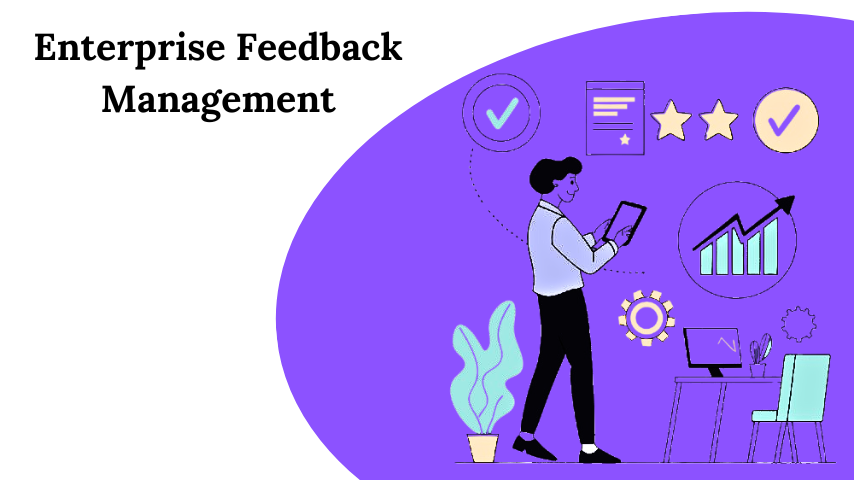
Enterprise Management Software: A Comprehensive Guide to Transforming Business Operations
November 26, 2024
Understanding Enterprise Management Software
Enterprise management software is a comprehensive suite of integrated applications designed to support and automate various business processes across an organization. Unlike traditional standalone tools, these sophisticated systems provide a holistic approach to managing complex business operations, ensuring seamless communication, and enhancing overall organizational performance.
Key Characteristics of Enterprise Management Software
- Centralized Data Management: Consolidates information from multiple departments
- Real-time Reporting: Provides instant insights into business performance
- Scalability: Adapts to growing business needs
- Cross-Functional Integration: Connects different business units and processes
Types of Enterprise Management Software
1. Enterprise Resource Planning (ERP) Systems
ERP software integrates core business processes, including:
- Financial management
- Human resources
- Supply chain operations
- Manufacturing
- Customer relationship management
2. Customer Relationship Management (CRM) Software
Focuses on managing interactions with current and potential customers, including:
- Sales tracking
- Marketing automation
- Customer support
- Communication management
3. Enterprise Feedback Management Solutions
Enterprise feedback management (EFM) systems help organizations:
- Collect and analyze customer and employee feedback
- Identify improvement opportunities
- Track sentiment and satisfaction levels
- Make data-driven strategic decisions
4. Business Intelligence (BI) Tools
Provides advanced analytics and reporting capabilities:
- Data visualization
- Predictive analytics
- Performance dashboards
- Strategic insights generation
Benefits of Enterprise Management Software
Operational Efficiency
- Automates repetitive tasks
- Reduces manual data entry
- Minimizes human errors
- Streamlines workflow processes
Strategic Decision Making
- Provides real-time insights
- Enables data-driven strategies
- Supports predictive analysis
- Enhances competitive intelligence
Cost Optimization
- Reduces operational expenses
- Eliminates redundant systems
- Improves resource allocation
- Minimizes technology infrastructure costs
Enhanced Collaboration
- Breaks down departmental silos
- Facilitates seamless communication
- Supports remote and distributed teams
- Promotes transparent information sharing
Implementing Enterprise Management Software
Key Considerations
- Assess Organizational Needs
- Analyze current business processes
- Identify specific pain points
- Determine required features
- Vendor Evaluation
- Compare software capabilities
- Check integration potential
- Review pricing structures
- Assess vendor reputation and support
- Change Management
- Develop comprehensive training programs
- Create adoption strategies
- Communicate benefits to stakeholders
- Provide ongoing support
Challenges in Enterprise Management Software Adoption
Common Obstacles
- High initial investment
- Complex implementation process
- Employee resistance to change
- Integration with legacy systems
Mitigation Strategies
- Phased implementation approach
- Comprehensive training programs
- Clear communication of benefits
- Selecting flexible, user-friendly solutions
Emerging Trends in Enterprise Management Software
Artificial Intelligence Integration
- Predictive analytics
- Intelligent automation
- Enhanced decision-making capabilities
Cloud-Based Solutions
- Increased accessibility
- Improved scalability
- Reduced infrastructure costs
Mobile Optimization
- Seamless mobile experiences
- Remote access capabilities
- Real-time notifications
Enterprise Feedback Management: A Critical Component
Enterprise feedback management has become increasingly important in modern business strategies. By systematically collecting, analyzing, and acting on feedback from customers and employees, organizations can:
- Improve product and service quality
- Enhance customer satisfaction
- Identify potential improvements
- Drive continuous innovation
Selecting the Right Enterprise Management Software
Evaluation Checklist
- Compatibility with existing systems
- Scalability and flexibility
- User-friendly interface
- Robust security features
- Comprehensive support and training
Q1: How much does enterprise management software cost?
Costs vary widely, ranging from $50 to $500 per user monthly, depending on features and organization size.
Q2: How long does implementation take?
Typical implementation ranges from 3-12 months, depending on organizational complexity and chosen solution.
Q3: Can small businesses benefit from enterprise management software?
Yes, many solutions offer scalable options suitable for small and medium-sized enterprises.
Q4: What is the difference between ERP and enterprise management software?
ERP is a subset of enterprise management software, focusing specifically on resource planning and integration.
Q5: How secure are these software solutions?
Reputable enterprise management software providers implement robust security measures, including encryption, multi-factor authentication, and regular security updates.
Conclusion
Enterprise management software represents a transformative technology that empowers organizations to optimize operations, make informed decisions, and stay competitive in a dynamic business environment. By carefully selecting and implementing the right solution, businesses can unlock unprecedented levels of efficiency, collaboration, and strategic insight.
The future of business management lies in intelligent, integrated, and adaptive software solutions that can quickly respond to changing market conditions and organizational needs.
Key Takeaways:
- Enterprise management software is essential for modern businesses
- Comprehensive solutions offer multiple benefits across various business functions
- Careful selection and implementation are crucial for success
- Continuous evaluation and adaptation ensure long-term value
Embrace the power of enterprise management software and position your organization for sustainable growth and success.











